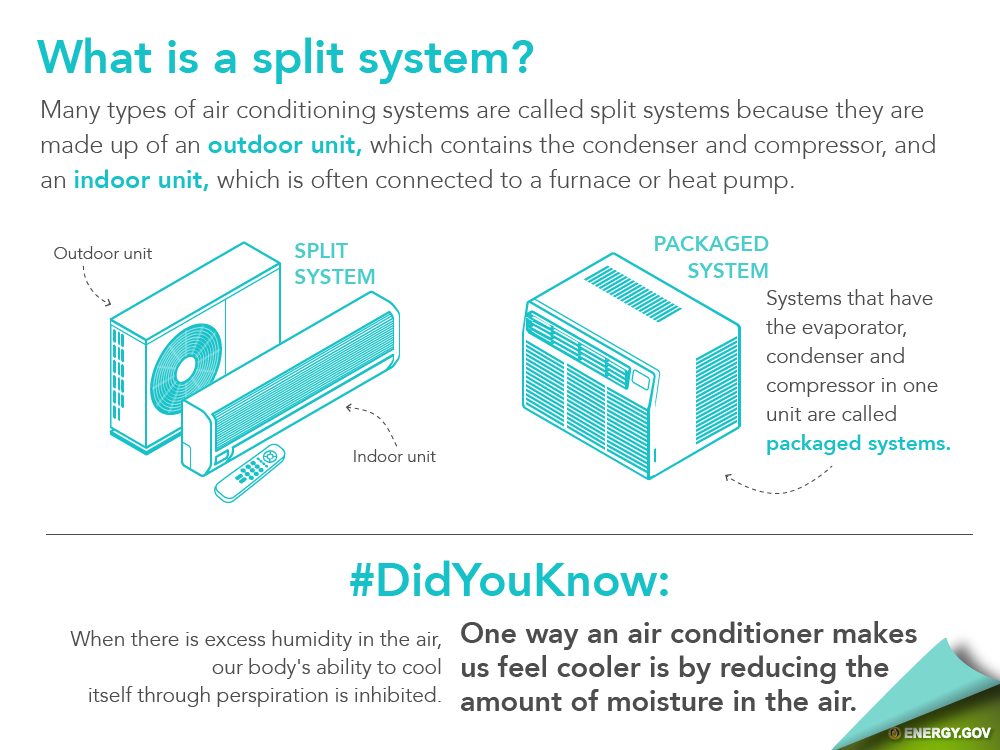The Ultimate Guide To Understanding Warm Pumps - How Do They Work?
The Ultimate Guide To Understanding Warm Pumps - How Do They Work?
Blog Article
Web Content Writer-Steenberg Gylling
The very best heat pumps can conserve you substantial amounts of cash on power bills. They can also help in reducing greenhouse gas emissions, particularly if you make use of power in place of fossil fuels like lp and heating oil or electric-resistance furnaces.
Heat pumps function significantly the like ac unit do. This makes them a sensible alternative to standard electric home heating systems.
How They Function
Heat pumps cool down homes in the summertime and, with a little assistance from power or gas, they supply several of your home's home heating in the winter. They're a great alternative for individuals who intend to reduce their use of fossil fuels but aren't ready to replace their existing heating system and air conditioning system.
https://spectrumlocalnews.com/nc/charlotte/weather/2021/07/01/a-few-tips-on-how-to-keep-your-home-cooler-during-the-heat-of-summer rely upon the physical fact that also in air that seems too cold, there's still power present: warm air is constantly relocating, and it wants to move right into cooler, lower-pressure environments like your home.
A lot of ENERGY STAR licensed heatpump run at near their heating or cooling ability throughout the majority of the year, minimizing on/off biking and saving energy. For https://docs.google.com/spreadsheets/d/1M4QoRQBniATnnSlfIthVFhYczUgYJf4lKxw942n_dzQ/edit?gid=1074771488#gid=1074771488 , concentrate on systems with a high SEER and HSPF rating.
The Compressor
The heart of the heatpump is the compressor, which is additionally called an air compressor. This mechanical moving tool uses prospective power from power creation to enhance the pressure of a gas by reducing its volume. It is different from a pump because it only works on gases and can't work with fluids, as pumps do.
Climatic air goes into the compressor through an inlet shutoff. It circumnavigates vane-mounted arms with self-adjusting length that separate the interior of the compressor, developing multiple tooth cavities of varying size. The rotor's spin pressures these tooth cavities to move in and out of phase with each other, compressing the air.
The compressor pulls in the low-temperature, high-pressure cooling agent vapor from the evaporator and compresses it right into the hot, pressurized state of a gas. This procedure is duplicated as needed to supply home heating or air conditioning as required. The compressor likewise contains a desuperheater coil that recycles the waste warm and includes superheat to the cooling agent, altering it from its liquid to vapor state.
The Evaporator
The evaporator in heatpump does the same thing as it does in refrigerators and a/c, altering liquid cooling agent into an aeriform vapor that gets rid of warm from the area. Heat pump systems would not function without this essential piece of equipment.
This part of the system lies inside your home or building in an interior air trainer, which can be either a ducted or ductless unit. It consists of an evaporator coil and the compressor that presses the low-pressure vapor from the evaporator to high pressure gas.
Heat pumps take in ambient warmth from the air, and afterwards use power to move that warm to a home or company in home heating mode. That makes them a whole lot more energy effective than electric heaters or furnaces, and due to the fact that they're utilizing clean electrical energy from the grid (and not shedding fuel), they also generate much less discharges. That's why heatpump are such excellent environmental choices. (As well as a massive reason they're coming to be so prominent.).
The Thermostat.
Heatpump are great alternatives for homes in chilly climates, and you can utilize them in combination with traditional duct-based systems or even go ductless. They're a fantastic alternative to nonrenewable fuel source heating systems or typical electrical furnaces, and they're a lot more lasting than oil, gas or nuclear heating and cooling devices.
Your thermostat is the most vital element of your heatpump system, and it works extremely in a different way than a conventional thermostat. All mechanical thermostats (all non-electronic ones) work by utilizing compounds that transform dimension with increasing temperature level, like coiled bimetallic strips or the expanding wax in a cars and truck radiator shutoff.
These strips include 2 various kinds of steel, and they're bolted together to develop a bridge that finishes an electrical circuit attached to your a/c system. As airconditioning system gets warmer, one side of the bridge increases faster than the various other, which creates it to bend and signal that the heating system is needed. When the heatpump is in home heating setting, the reversing shutoff turns around the circulation of refrigerant, so that the outdoors coil now operates as an evaporator and the interior cyndrical tube ends up being a condenser.